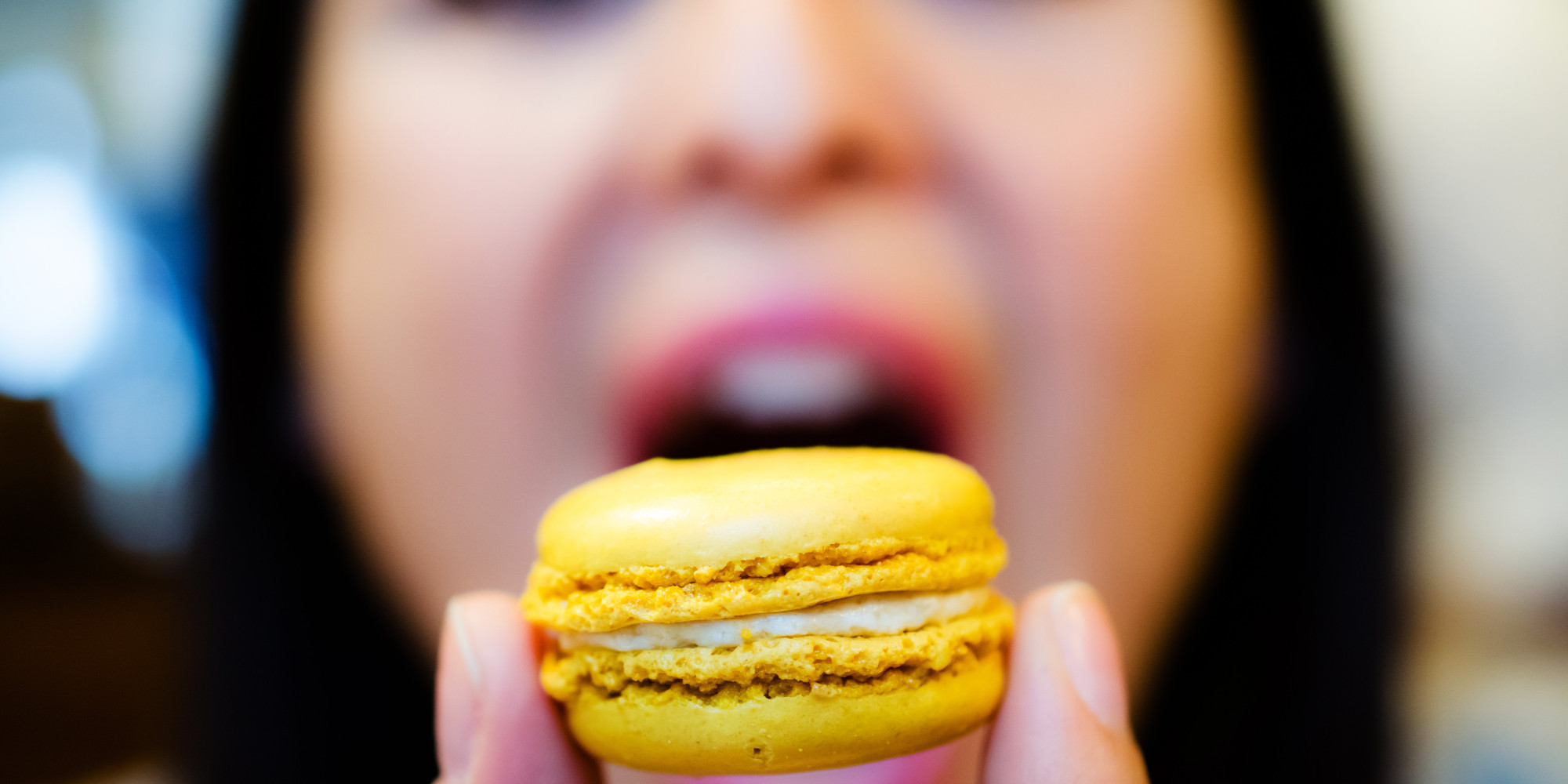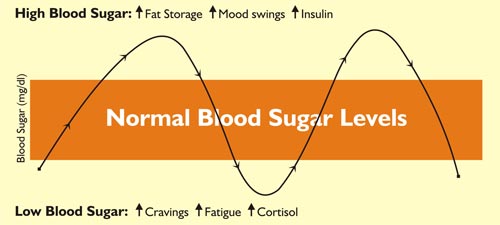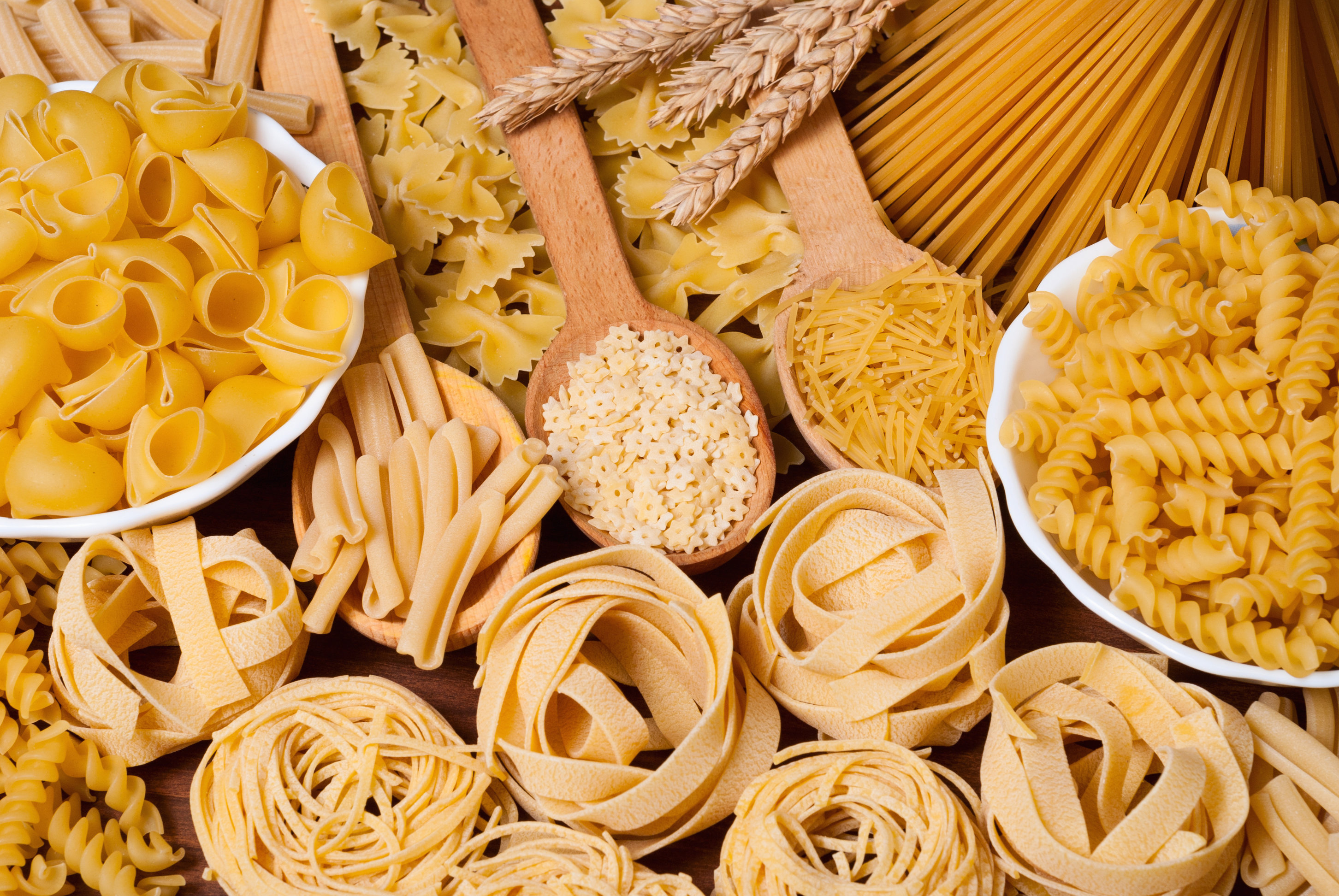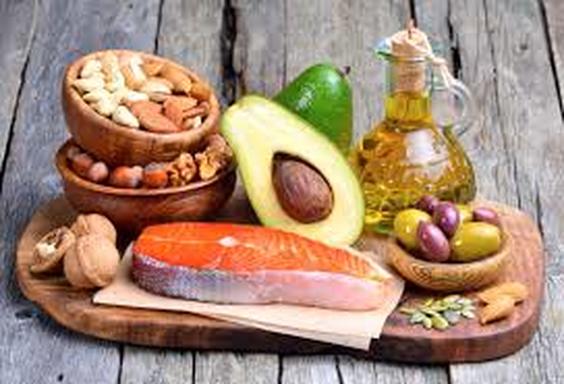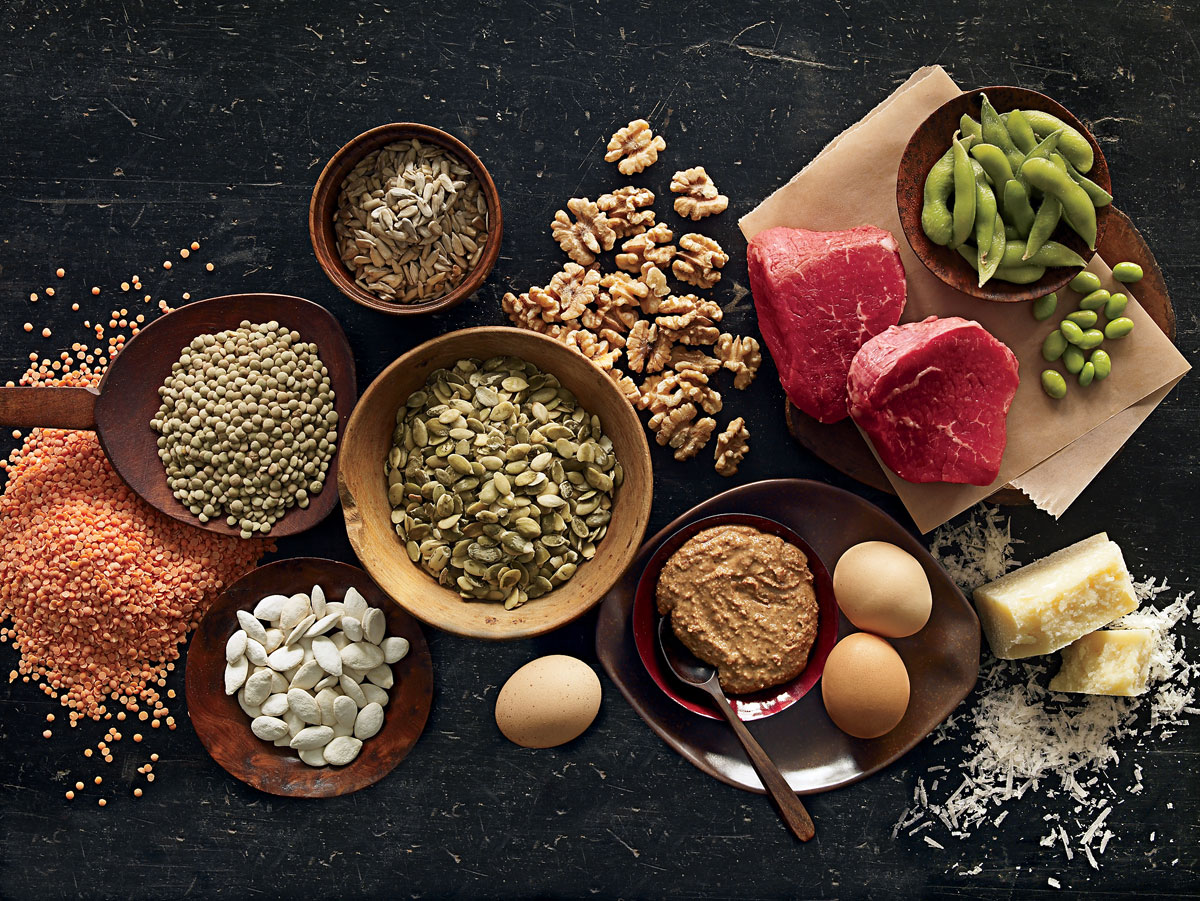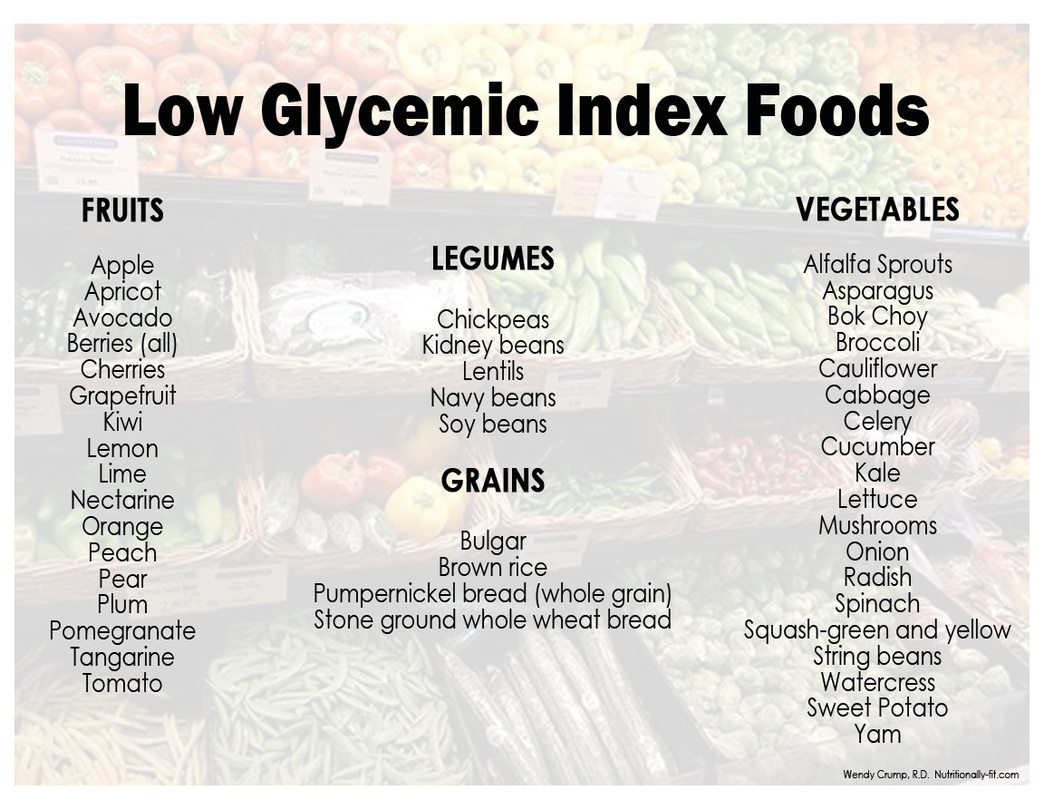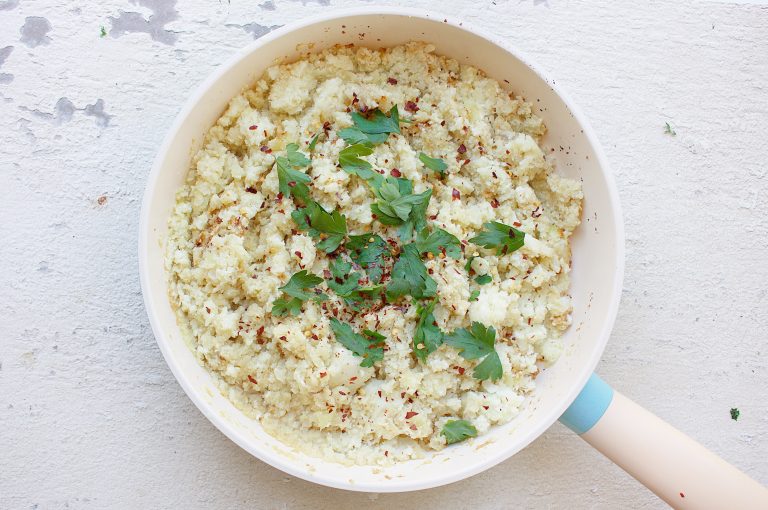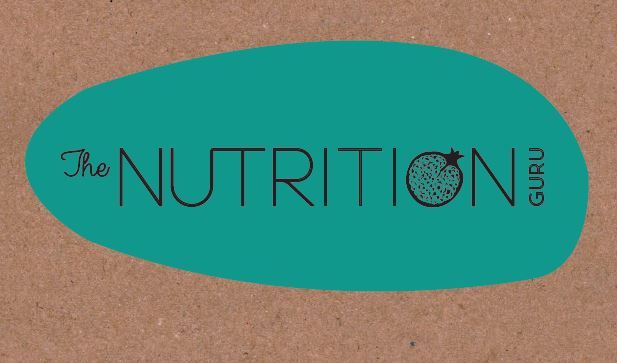The great news is there is soooo much you can do to keep your energy levels constant throughout the day. So here are my top tips to keep your blood sugar levels balanced and you ready to enjoy the fun and festivities of the Christmas period.
Consume Low Glycaemic Foods
Did you know natural sugars in goods such as bread and rice noodles can raise our insulin levels as much as the sugar in ice cream or spooned into a cup of tea? The glycaemic index is a rating system for carbohydrates which measures the extent to which the carbohydrates in different foods will raise blood glucose levels.
- Carbohydrates that break down quickly during digestion have HIGH GI (glycaemic index) values. Their blood glucose response is FAST and HIGH.
- Carbohydrates that break down slowly, releasing glucose gradually into the bloodstream have a low GI. In choosing the foods that offer a gradual conversion into glucose your body will release insulin more slowly and keep it's levels lower.
- Burn fat
- Reduce serum cholesterol
- Prevent and help reduce hypertension (high blood pressure)
- Improve your overall health
- Increase energy.
- Age more slowly as it slows the formation of wrinkles and discourages free radical damage
Acidity slows starch processing and stomach emptying. That's why foods like sourdough bread are low GI. However, you can lower the GI of a food by adding vinaigrette to a salad, some lemon juice to your chicken stew, a little balsamic to your marinade or drinking a little apple cider vinegar in some water before your meal.
Fat slows emptying, so the more fat a meal contains, the lower the G.I. Of course you still need to ensure you choose healthy fats such as virgin olive, flaxseed, almond, macadamia, coconut and avocado oils. When buying, processed foods make sure they don’t contain the 'bad' oils like trans fats, palm or palm kernel, cotton, cottonseed or hydrogenated fats which damage your heart and can raise your LDL (bad) cholesterol.
Stone Ground flours have a lower GI than refined white flours (the smaller a particle, the faster it is digested). Because of this some finely milled wholemeal or rye flours may have a higher GI because they are rapidly digested
Cooking
The longer you cook a food, the higher it’s glycaemic index. Keep some crunch in your veg and you will help keep GI levels lower, add some grated apple with some L.S.A. and chia seeds to your porridge when it is in the bowl, not while heating in the saucepan.
Fibre
Foods that are high in soluble fibres, such as rolled oats, apples and chickpeas, boast alower GI rating and keep your digestive system happy and functioning well
Consume Protein at Every Meal
An incredibly important point I can't emphasis enough. Increasing your protein intake helps you feel full for longer, increases your metabolism (helping with weight loss) and hels to maintain your lean muscle mass. Protein also increase’s your brain’s levels of ghrelin, the hunger hormone that tells you when your belly is full.
So how much protein do you need? The general rule of thumb is 1 to 1 ½ palms per snack. You will be pleasantly surprised that not only do you feel full for longer by doing this, your blood sugar levels will remain much more constant during the day. So tuck in to an egg/protein shake/scrambled tofu/smoked salmon at breakfast. Include a few nuts with your apple at snack time and make sure your salad/soup has some added chicken/fish/lentils/meat at lunch and dinner. Between meals good low fat, protein based snacks include nuts, yoghurt, a boiled egg (free range please) or hummus with vegetables.
Another point I am constantly telling my patients - skipping meals does not help you lose weight and will only cause your blood sugar levels to drop - with all the subsequent cravings for high energy, sugary foods. Always aim to include three main meals and two snacks daily (ideally with protein).
Adequate Sleep
An old proverb says “The beginning of health is sleep”. Sleeping less that 6 hours a night can cause a 40 percent drop in sensitivity to insulin, which bumps up your risk of weight gain and diabetes type 2. It also causes you to generally be more prone to blood sugar ups and downs. And who hasn't experienced that feeling of being extra tired and reaching for a sugary treat in a vague attempt to boost flagging energy levels. Unfortunately, that quick burst of energy that sugar brings is all too short and before you know it, you are craving more.
Limit Coffee
It is exactly at that mid afternoon time that we are tempted to reach for that extra coffee, just to help get us through the day. Of course, that is exactly the wrong thing to do! Not only can having caffeine late in the day make it more difficult to sleep at night, coffee increases the stress hormone cortisol, which in turn makes insulin stop working so effectively leaving us more prone to those blood sugar spikes. Aim for one and no more than two coffees per day. Leave out the sugar! If you really would like it sweetened try stevia, a natural plant based sweeteners that will not increase blood sugar levels is virtually calorie free. Why not try having a herbal tea or decaf instead. Another great alternative is dandelion root tea. With a slightly bitter taste it makes a great coffee replacement, simply brew it and serve with milk and a natural sweetener if desired. Dandelion root supports liver function and can aid digestive functioning.
Supplements
Chromium - This is an essential trace element that enhances the effects of insulin. It assists blood sugar control by improving the ability of insulin to bind to the cell and increases the number of insulin receptors, so aiding the passage of glucose into the cells. Food sources include broccoli, bran cereals, wholegrain products, green beans
Cinnamon - Not just a delicious spice that appears on top of your Chai latte! It has been shown to increase glucose tolerance and insulin sensitivity.
Gymnema - An amazing herb that acts like a force field against sugar. Taken as a tincture or tea, it will inhibit your ability to taste anything sweet for up to 2 hours. If sugar cravings are your biggest issue swish some gymnema around in your mouth then
chew on some sugar; it will feel like you are eating sand, so effective is it's ability to neutralize your sweet taste receptors. Gymnema tincture taken every few hours can help to rapidly curb comfort eating. It is also commonly used for weight loss.
Fish Oils - The essential fats in fish oil cause the stomach to retain food for a longer period of time as compared to no-fat or low-fat foods. The physiological effect is a slow, sustained rise in blood sugar, then a prolonged plateau of blood sugar. Ultimately, the blood sugar undergoes a slow and gradual drop. You will experience a corresponding feeling of prolonged energy, stamina and satisfaction with no immediate hunger pangs. The net result is that you feel fuller, longer, and actually eat fewer calories in the long run than if you would have chosen a no-fat, low-fat diet.
WATCH FOOD INGREDIENTS
Remember, a low GI reading does not necessarily mean it is a healthy food! Apply common sense and include some good quality whole grains in your diet. Many food manufacturers are jumping on the GI band wagon an adding damaging foods like trans-fats and high fructose sweetners such as corn syrup that lower the GI. Artificial sweetners also lower the GI of foods but there is much debate over their safety and research shows they do not actually help with weight loss. Be mindful of sucralose, aspartame and saccharin.
Reducing your intake of foods with a high glycaemic index is easy by substituting high GI foods for lower GI foods
| High GI sugar cornflakes short grain brown rice fine milled wholemeal/rye bread rice cakes watermelon potato (desiree | Low GI honey, maple or rice malt syrup porridge (not the fast cook type) basmati or long grain rice wholemal sourdough, stone ground rye buckwheat crispbread strawberries new potato, sweet potato |
CAULIFLOWER RICE
Ingredients:
- 1 cauliflower
- 1 brown onion
- 1 tbsp coconut oil
- 1-2 tbsp tamari sauce
- 1 tsp chilli flakes
- parsley, to garnish
Method:
- Cut cauliflower into florets. Add to food processor.
- Roughly chop brown onion, removing skin, and add to food processor.
- Pulse until cauliflower and brown onion become rice-like in texture.
- Heat coconut oil in a non-stick pan over medium heat.
- Add cauliflower rice and sauté until brown (5-7 minutes).
- Add tamari sauce and continue to sauté for a few more minutes.
- Sprinkle with chilli flakes, garnish with parsley and serve.
